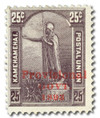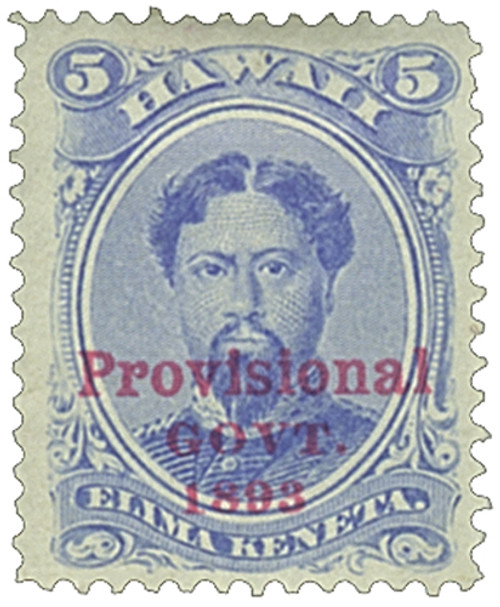
# H64 - 1893 25c Hawaii, dark violet, red overprint
The Provisional Government
Queen Liliuokalani took the throne at a turbulent time in Hawaii’s history. An economic depression was caused by the passage of the McKinley bill in the U.S. This bill made the price of Hawaiian sugar uncompetitive with sugar grown in the U.S. The sugar growers were very often prominent foreign businessmen, and they were often involved in the Hawaiian government for the specific purpose of protecting their own interests. Most of these businessmen favored annexation to the U.S. for economic reasons.
When the queen attempted to put her own constitution into effect, some businessmen formed an annexation club. This later became the Committee of Safety. The changes to her constitution were considered revolutionary. The most radical of these were: cabinet ministers were to serve “during the queen’s pleasure,” only male Hawaiian-born or naturalized subjects were allowed to vote, and nobles were appointed for life by the queen. If this constitution had passed, the queen would have almost total control over the political affairs of the country, and the legislators’ powers would be severely limited. Haoles, or white men, had become accustomed to running the Hawaiian government under the previous sovereigns.
The queen’s actions caused a panic among the businessmen in the community. The Committee of Safety was formed, mainly made up of annexationists opposing the queen. The Committee of Safety determined that the queen’s actions were a detriment to society, and called upon the United States for assistance in securing the public well-being.
Members of the committee obtained U.S. authority to set up a provisional government, and they wasted no time in doing so. A U.S. ship called the Boston was in Honolulu’s harbor at the time. Troops from the Boston took possession of the government office building, the Aliiolani Hale, on January 17, 1892. The provisional government was in place the next day.
On May 20, 1893, the stamps of the Kingdom of Hawaii went on sale with the overprint of “Provisional GOVT. 1893.” The newly appointed Postmaster General was Joseph M. Oat. Oat’s predecessor, Walter Hill, was ousted from his position. Overprinting of the stamps was done with great haste by the Hawaiian Gazette Co. There was a strong demand for the overprinted stamps, and the 2¢ bright vermillion sold out on the first day it was placed on sale.
Kamehameha Day
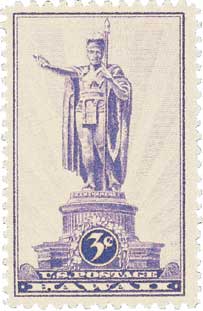
On June 11, 1872, Hawaii celebrated its first Kamehameha Day, in honor of the king who united the Kingdom of Hawaii.
On December 22, 1871, Kamehameha V proclaimed June 11 to be Kamehameha Day in honor of his grandfather. In addition to honoring his grandfather, the holiday was meant as a replacement for Hawaiian Sovereignty Restoration Day, which was unpopular among the king and his ministers.
The first Kamehameha Day was held on June 11, 1872. The celebrations that year and in years to come included carnivals, fairs, foot races, horse races, and bicycle races. One of the most important rituals of the celebration was first instituted in 1901 – the draping ceremony. In this ceremony, long strands of lei were draped on prominent statues of Kamehameha in Hawaii as well as at the US Capitol. When Hawaii became a US state in 1959, Kamehameha Day was one of the first holidays the governor and state legislature proclaimed.
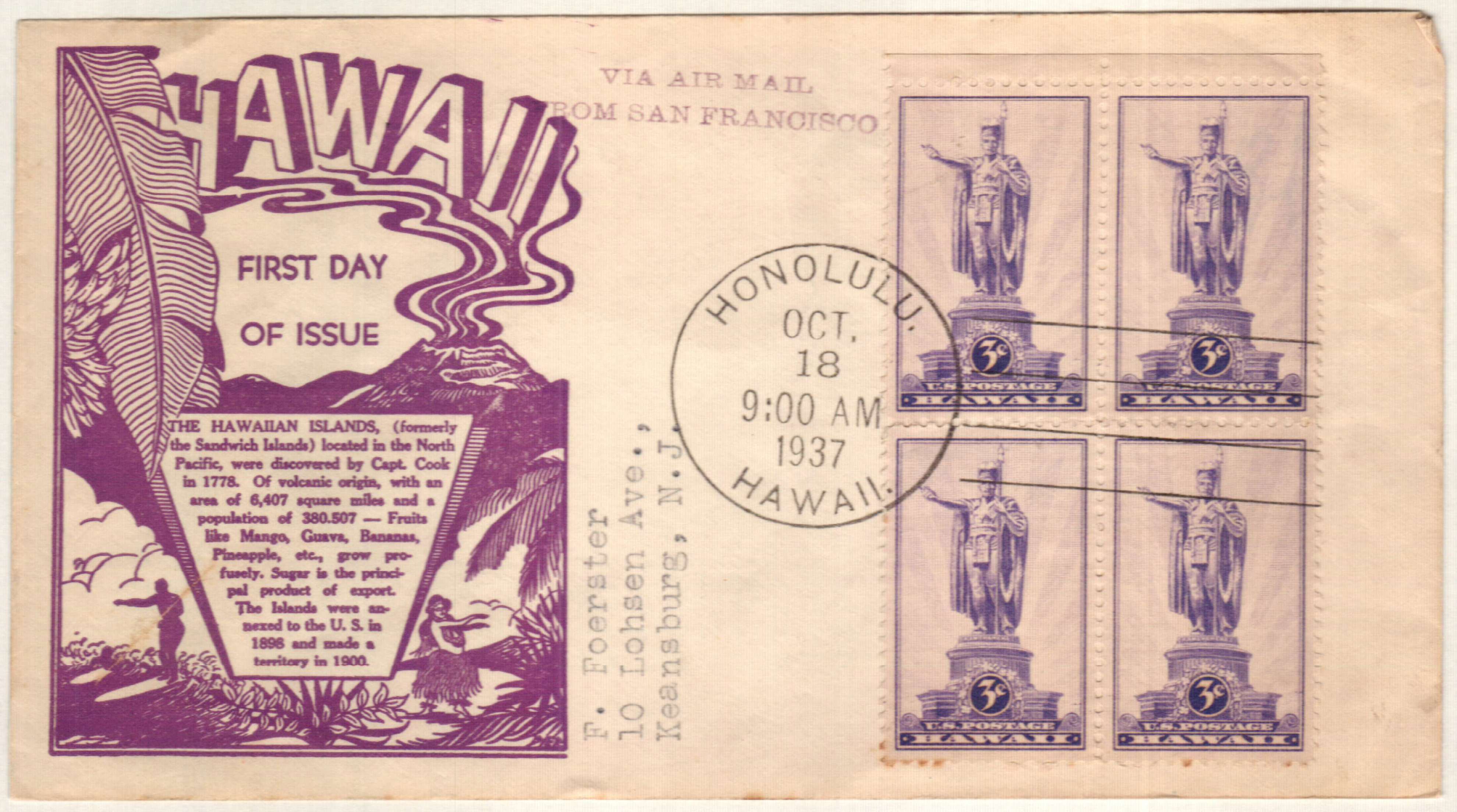
Kamehameha Day is still celebrated today. The day includes many traditional Hawaii events, paying respect to the cultural traditions Kamehameha fought to preserve. Among the events is the King Kamehameha Hula Competition, which draws hula groups from around the world. Floral parades are also held throughout Hawaii. They include marching bands and beautifully designed floats covered in native plants and flowers. After the parade, the celebrations continue with a block party including arts and crafts, games, sports, and other events.
King Kamehameha
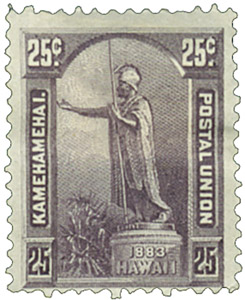
According to legend a great leader would be born who would reign over all the islands upon the sighting of a bright star. The date of the sighting coincides with the appearance of Halley’s Comet in 1758.
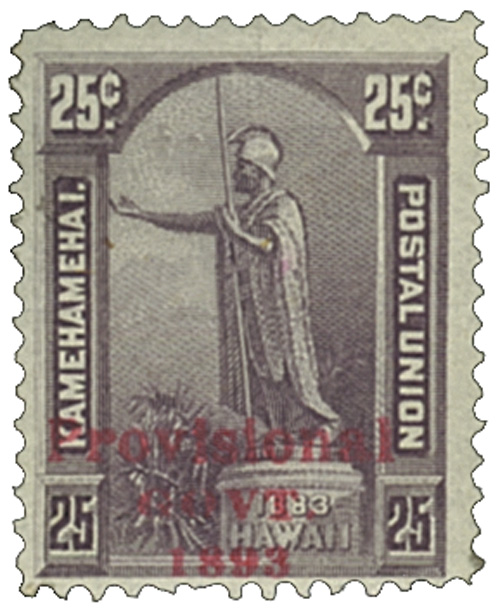
Upon his birth, Kamehameha was seen as a potential threat to warring clans. He was hidden and raised in secret until the age of five. His original name, Paiea, meaning “Soft-Shelled Crab,” was changed when he reached adulthood to Kamehameha, meaning the “Great Lonely One” or the “One Set Apart.”
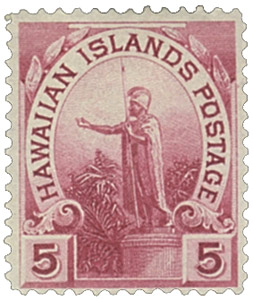
Kamehameha was raised in the royal court of his uncle KalaniÊ»ÅpuÊ»u. Upon his uncle’s death, Kamehameha received an important religious position, guardianship of the Hawaiian god of war, KÅ«kÄÊ»ilimoku, plus control of the Waipi’o Valley. His cousin succeeded his uncle and the two young men didn’t get along. Eventually, a group of chiefs from the Kona district pledged their allegiance to Kamehameha.
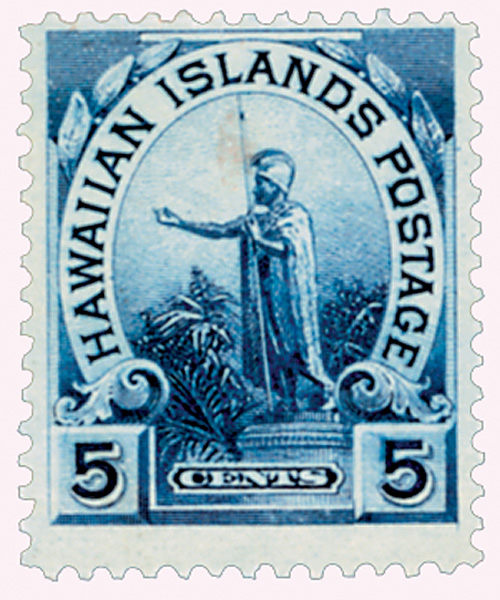
The island was divided between the two cousins, but they all lived in relative peace until July 1782. A dispute among some of their chiefs broke out and led to the Battle of MokuÊ»Åhai, during which Kamehameha’s cousin was killed. It was a major victory for Kamehameha, which gave him leadership over most of the island of Hawaii. From there, Kamehameha was determined to unite all the islands. He received aid from British and American traders, who sold him guns and ammunition.
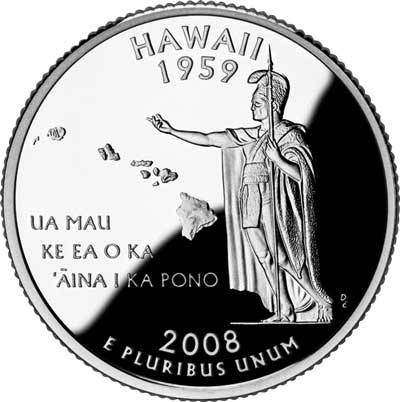
By 1795, Kamehameha had conquered all of the main islands except Kauai and Niihau. He appointed the local chiefs as governors and proclaimed himself King Kamehameha I. The chiefs of Kauai and Niihau accepted his rule in 1810.
The first Hawaiian chief to unite the islands of Hawaii, Kamehameha was an able ruler and role model for the Hawaiian monarchy. He used chiefs as effective local rulers and preserved many of his people’s customs and religion. However, he did institute changes when necessary. Under Kamehameha’s rule, trade increased greatly. He built a huge fortune for Hawaii through a government monopoly on the sandalwood trade and port duties on visiting ships. Throughout the period of discovery by whites, Kamehameha did not succumb to foreign rule or colonization. In fact, he often employed white men, or haoles.
Kamehameha is believed to have died on May 8, 1819 (though it could have been May 14). Following tradition, his friends hid his body. The Hawaiians believed a person’s mana, or power, was sacred, so their body needed to be buried in secret to protect their power. His final resting place is still unknown today.
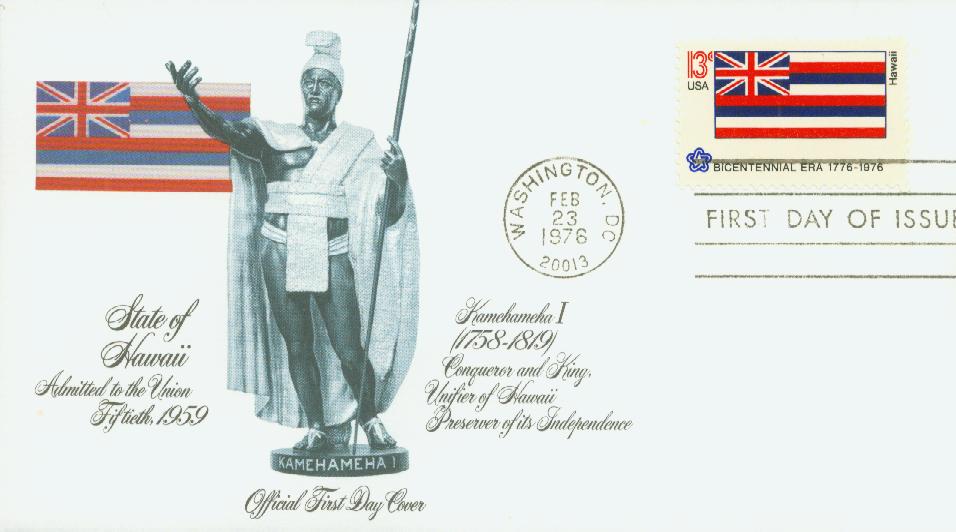
Kamehameha had between 21 and 30 wives and a total of 35 children. The children born to his highest-ranking wife, KeÅpÅ«olani, would succeed the throne. His family led the kingdom until 1872. After a series of governments, Hawaii became a territory of the United States in 1900. Though his family no longer reigns in Hawaii, King Kamehameha is a revered figure in the state’s history.
The Provisional Government
Queen Liliuokalani took the throne at a turbulent time in Hawaii’s history. An economic depression was caused by the passage of the McKinley bill in the U.S. This bill made the price of Hawaiian sugar uncompetitive with sugar grown in the U.S. The sugar growers were very often prominent foreign businessmen, and they were often involved in the Hawaiian government for the specific purpose of protecting their own interests. Most of these businessmen favored annexation to the U.S. for economic reasons.
When the queen attempted to put her own constitution into effect, some businessmen formed an annexation club. This later became the Committee of Safety. The changes to her constitution were considered revolutionary. The most radical of these were: cabinet ministers were to serve “during the queen’s pleasure,” only male Hawaiian-born or naturalized subjects were allowed to vote, and nobles were appointed for life by the queen. If this constitution had passed, the queen would have almost total control over the political affairs of the country, and the legislators’ powers would be severely limited. Haoles, or white men, had become accustomed to running the Hawaiian government under the previous sovereigns.
The queen’s actions caused a panic among the businessmen in the community. The Committee of Safety was formed, mainly made up of annexationists opposing the queen. The Committee of Safety determined that the queen’s actions were a detriment to society, and called upon the United States for assistance in securing the public well-being.
Members of the committee obtained U.S. authority to set up a provisional government, and they wasted no time in doing so. A U.S. ship called the Boston was in Honolulu’s harbor at the time. Troops from the Boston took possession of the government office building, the Aliiolani Hale, on January 17, 1892. The provisional government was in place the next day.
On May 20, 1893, the stamps of the Kingdom of Hawaii went on sale with the overprint of “Provisional GOVT. 1893.” The newly appointed Postmaster General was Joseph M. Oat. Oat’s predecessor, Walter Hill, was ousted from his position. Overprinting of the stamps was done with great haste by the Hawaiian Gazette Co. There was a strong demand for the overprinted stamps, and the 2¢ bright vermillion sold out on the first day it was placed on sale.
Kamehameha Day

On June 11, 1872, Hawaii celebrated its first Kamehameha Day, in honor of the king who united the Kingdom of Hawaii.
On December 22, 1871, Kamehameha V proclaimed June 11 to be Kamehameha Day in honor of his grandfather. In addition to honoring his grandfather, the holiday was meant as a replacement for Hawaiian Sovereignty Restoration Day, which was unpopular among the king and his ministers.
The first Kamehameha Day was held on June 11, 1872. The celebrations that year and in years to come included carnivals, fairs, foot races, horse races, and bicycle races. One of the most important rituals of the celebration was first instituted in 1901 – the draping ceremony. In this ceremony, long strands of lei were draped on prominent statues of Kamehameha in Hawaii as well as at the US Capitol. When Hawaii became a US state in 1959, Kamehameha Day was one of the first holidays the governor and state legislature proclaimed.

Kamehameha Day is still celebrated today. The day includes many traditional Hawaii events, paying respect to the cultural traditions Kamehameha fought to preserve. Among the events is the King Kamehameha Hula Competition, which draws hula groups from around the world. Floral parades are also held throughout Hawaii. They include marching bands and beautifully designed floats covered in native plants and flowers. After the parade, the celebrations continue with a block party including arts and crafts, games, sports, and other events.
King Kamehameha

According to legend a great leader would be born who would reign over all the islands upon the sighting of a bright star. The date of the sighting coincides with the appearance of Halley’s Comet in 1758.

Upon his birth, Kamehameha was seen as a potential threat to warring clans. He was hidden and raised in secret until the age of five. His original name, Paiea, meaning “Soft-Shelled Crab,” was changed when he reached adulthood to Kamehameha, meaning the “Great Lonely One” or the “One Set Apart.”

Kamehameha was raised in the royal court of his uncle KalaniÊ»ÅpuÊ»u. Upon his uncle’s death, Kamehameha received an important religious position, guardianship of the Hawaiian god of war, KÅ«kÄÊ»ilimoku, plus control of the Waipi’o Valley. His cousin succeeded his uncle and the two young men didn’t get along. Eventually, a group of chiefs from the Kona district pledged their allegiance to Kamehameha.

The island was divided between the two cousins, but they all lived in relative peace until July 1782. A dispute among some of their chiefs broke out and led to the Battle of MokuÊ»Åhai, during which Kamehameha’s cousin was killed. It was a major victory for Kamehameha, which gave him leadership over most of the island of Hawaii. From there, Kamehameha was determined to unite all the islands. He received aid from British and American traders, who sold him guns and ammunition.

By 1795, Kamehameha had conquered all of the main islands except Kauai and Niihau. He appointed the local chiefs as governors and proclaimed himself King Kamehameha I. The chiefs of Kauai and Niihau accepted his rule in 1810.
The first Hawaiian chief to unite the islands of Hawaii, Kamehameha was an able ruler and role model for the Hawaiian monarchy. He used chiefs as effective local rulers and preserved many of his people’s customs and religion. However, he did institute changes when necessary. Under Kamehameha’s rule, trade increased greatly. He built a huge fortune for Hawaii through a government monopoly on the sandalwood trade and port duties on visiting ships. Throughout the period of discovery by whites, Kamehameha did not succumb to foreign rule or colonization. In fact, he often employed white men, or haoles.
Kamehameha is believed to have died on May 8, 1819 (though it could have been May 14). Following tradition, his friends hid his body. The Hawaiians believed a person’s mana, or power, was sacred, so their body needed to be buried in secret to protect their power. His final resting place is still unknown today.

Kamehameha had between 21 and 30 wives and a total of 35 children. The children born to his highest-ranking wife, KeÅpÅ«olani, would succeed the throne. His family led the kingdom until 1872. After a series of governments, Hawaii became a territory of the United States in 1900. Though his family no longer reigns in Hawaii, King Kamehameha is a revered figure in the state’s history.



